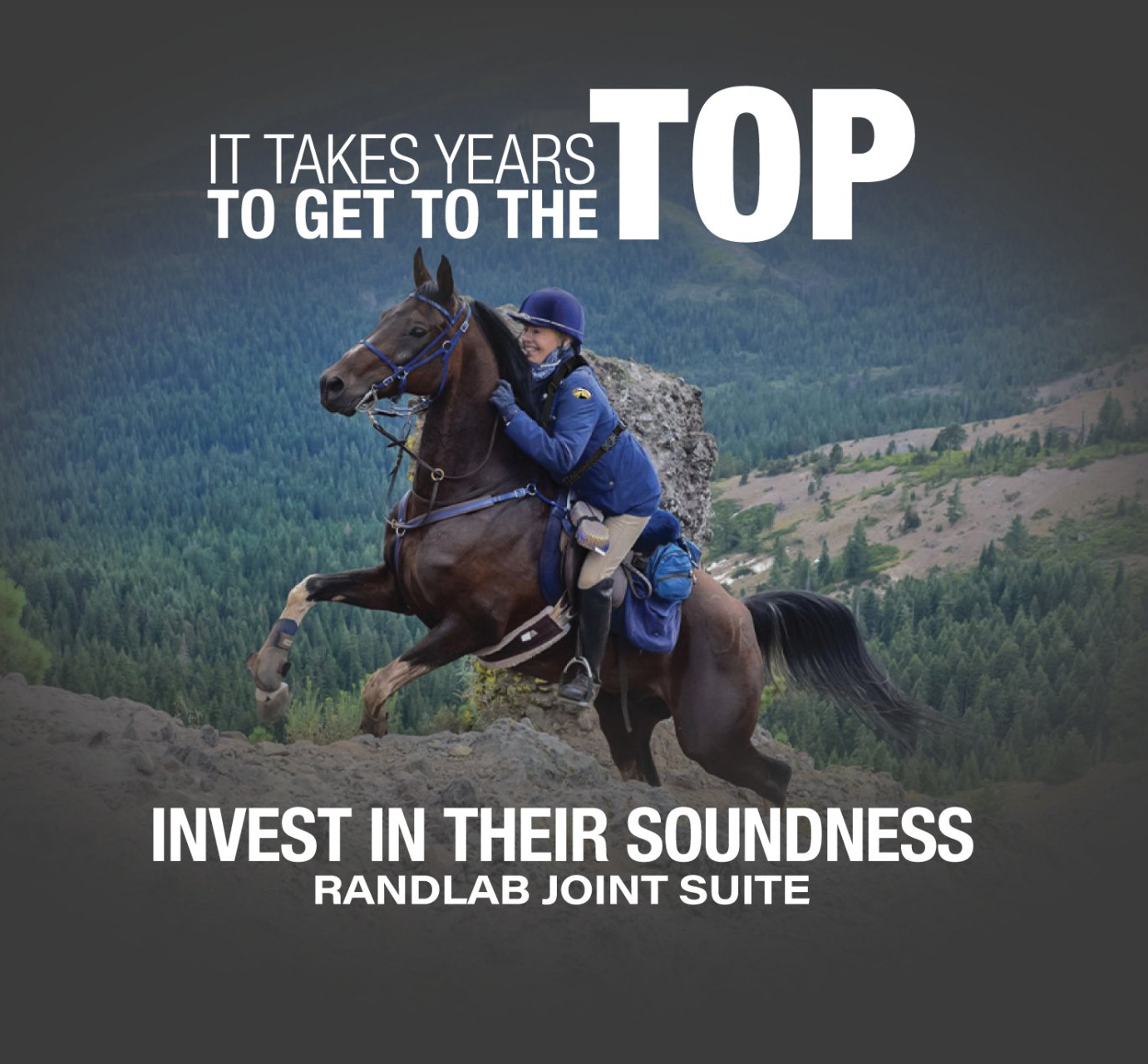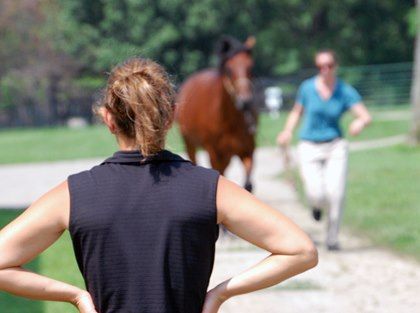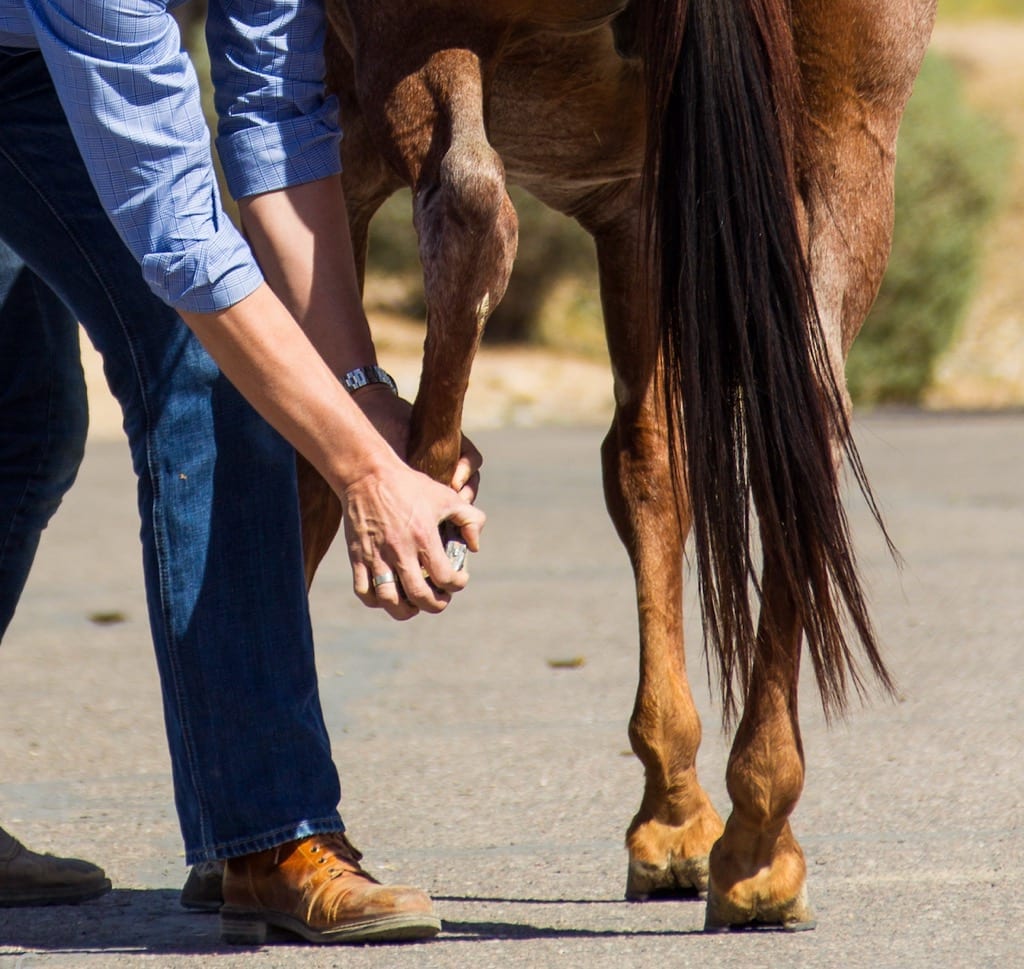Always Consult Your Equine Veterinarian
Key Points
- Lameness is the most common cause of wastage in the horse industry and joint disease is the most common cause of lameness.
- Joint disease (aka arthritis or osteoarthritis) is a common problem in all horses. Horses of all ages, breeds and disciplines may be affected. Even young and immature horses may be affected by joint disease.
- Not only is joint disease the most common cause of economic loss in the horse industry but also causes significant “emotional” loss to owners, trainers, riders and coaches.
Also good to know
- A single or multiple joints may be affected at any time.
- Horse’s joints are subjected to tremendous forces and stresses, especially performance horses and this predisposes them to ongoing joint problems.
- The joint cartilage (aka articular cartilage) that lines the joint surface provides a critical role in joint health and function. It acts as a hydraulic shock absorber, provides a smooth gliding surface for the joint and is responsible for generating some of the joint fluid that lubricates and provides nutrition to the joint structures.

Joint Diseases
There are many forms of joint disease. These include:
- Developmental (eg OCD - Osteochondritis dissecans)
- Inflammatory
- Traumatic
- Degenerative (aka osteoarthritis- OA)
- Other less common types of joint disease include septic and immune-mediated.
- Developmental Joint Disease is common in younger horses whilst older horses are more likely to be affected by osteoarthritis.
- OA is often a vicious cycle that starts with a traumatic event (like twisting your ankle) and progresses through inflammatory joint disease to osteoarthritis with permanent changes to the joint structure and function.
- Osteoarthritis is not only seen in older horses. Young competition horses may also be affected. The harder the horse works, the more likely it is to develop OA.
Signs of Joint disease:
- lameness
- gait abnormalities
- behavioural changes
- reluctance to work or perform
- reluctance to stretch out, jump or perform complex movements
- sub-optimal performance
- localised heat
- localised swelling (aka effusion)
- pain on manipulation (eg flexion) of joint
Risk factors for the development of joint disease include:
- conformation
- genetic predisposition
- workload
- type of work
- nutrition and diet
- obesity
- training surfaces
- poor hoof conformation/shoeing
Osteoarthritis is a usually a progressive disease that has no cure. However early diagnosis and appropriate care can slow the progression and extend the useful life of the horse.


Management Strategies for Healthy Joints
- Always consult your veterinarian if your horse is lame, noting early diagnosis is crucial
- Monitoring of body condition, and adjusting diet to maintain a healthy weight
- Maintaining well shod or trimmed feet
- Healthy amount of exercise appropriate to use, and exercise on appropriate surfaces
- Consider adding a supplement to support joint metabolism and repair like Alljoints
Grading Lameness*
Lameness in the horse is often quantified by veterinarians using a lameness grading system. This subjective grading system is based on a five-point scale ranging from 0 to 5. Using this standardized grading system allows consistent description of lamenesses and allows progressive tracking of a lameness in the same horse over time.
The five grades are as follows:
- Grade 0 is defined as no detectable lameness under any circumstances.
- Grade 1 is defined as lameness that is difficult to observe and is inconsistently apparent regardless of the circumstances (e.g., in hand or under saddle, hard surface, incline, circling).
- Grade 2 lameness is difficult to detect at a walk or trot in a straight line, but is consistently apparent under particular circumstances (e.g., under saddle, hard surface, incline).
- Grade 3 lameness is consistently observed at a trot in all circumstances.
- Grade 4 lameness is obvious with a marked head nod, hip hike, and/or shortened stride.
- Grade 5 lameness is obvious with minimal weight bearing either during motion or at rest. The horse might be unable to move.

Please note some clinicians use a grading system of 10 stages.
*Information in this section is taken from the following website, originally published by Equine Veterinarians Australia (EVA), a special interest group of The Australian Veterinary Association.: https://www.vetvoice.com.au/ec/horses/equine-lameness/New Paragraph
Treatment Strategies
Treatment Opportunities for Horses with Joint Disease.
Always consult your veterinarian if your horse shows any signs of joint disease.
Early diagnosis and intervention is critical for successful resolution.
Early treatment involves breaking the inflammatory cycle and providing pain relief by the use of rest, strategic icing and anti-inflammatory medications.
Your vet might prescribe a drug that helps break the vicious cycle of arthritis.



